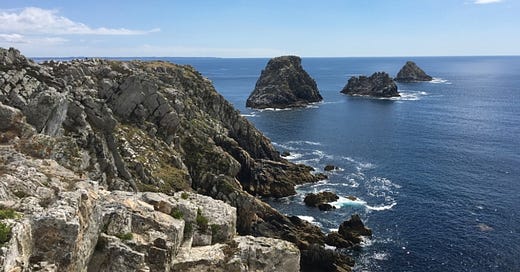Presqu'Île de Crozon camping is a breathtaking introduction to Brittany
Presqu'Île de Crozon in the Brittany region turned out to be the perfect place to finally indulge our love of camping in France.
Avid campers in California before moving to France four years ago, we had shipped enough camping equipment with us to stage an invasion of a small island nation. But since arriving, our jumble of family tents, sleeping bags, an…
Keep reading with a 7-day free trial
Subscribe to French Crossroads to keep reading this post and get 7 days of free access to the full post archives.




